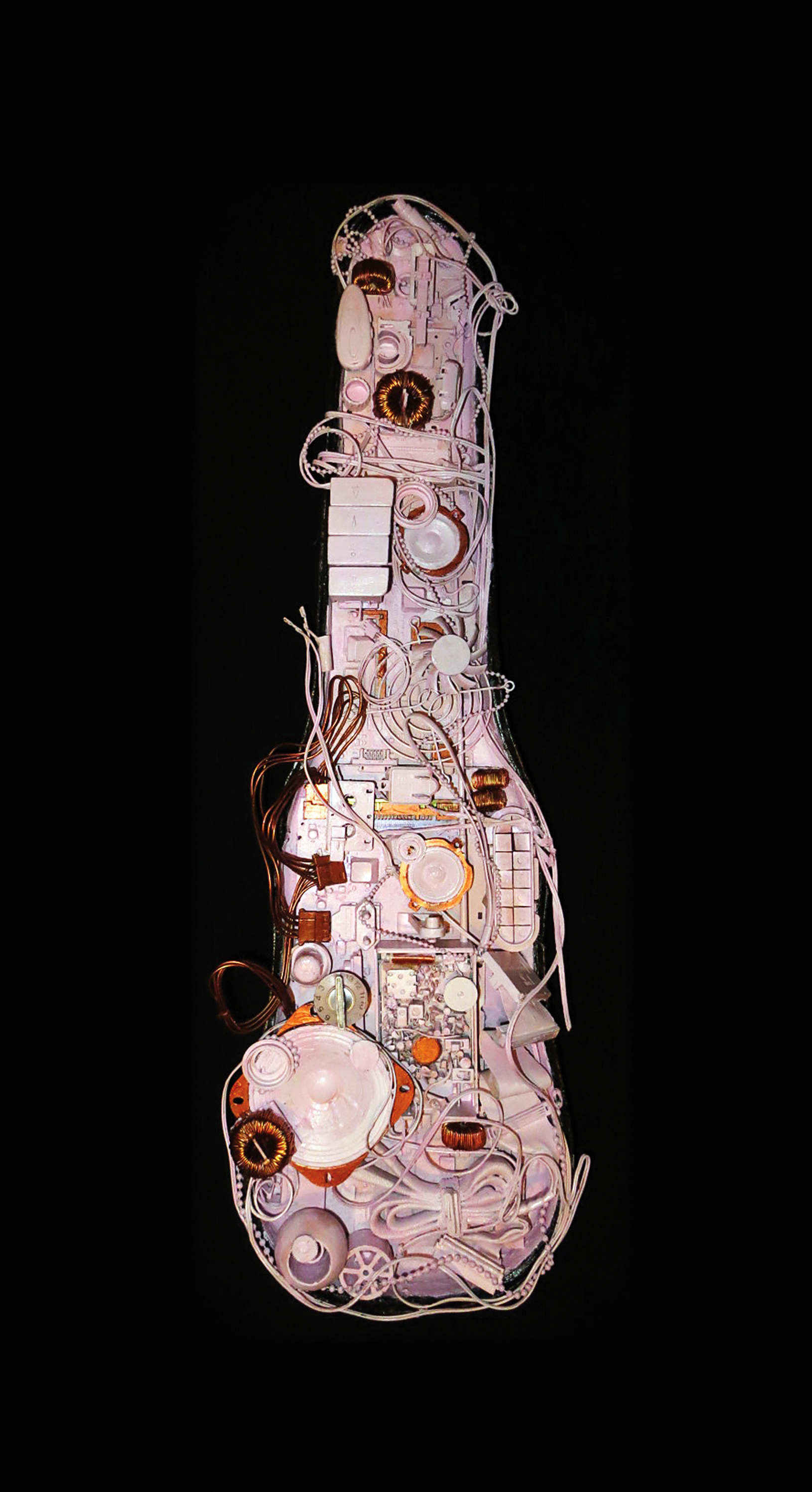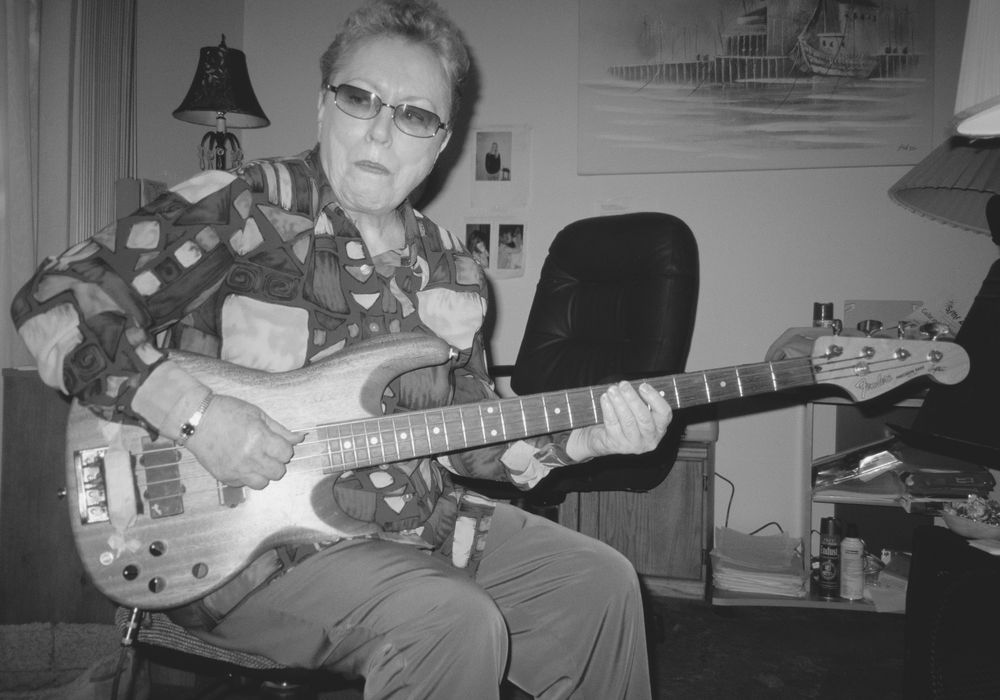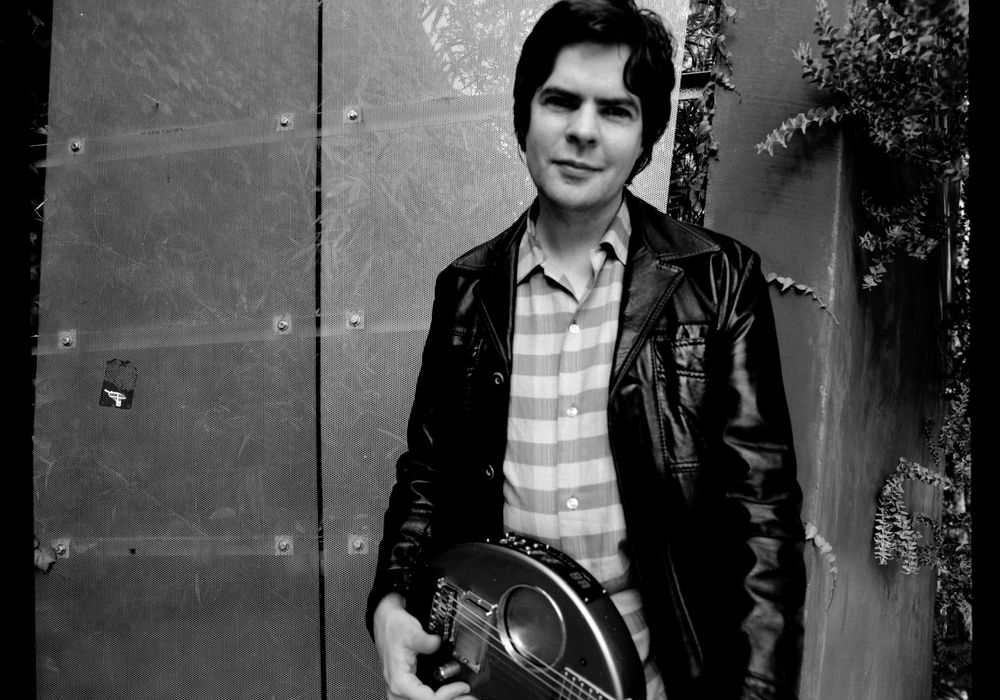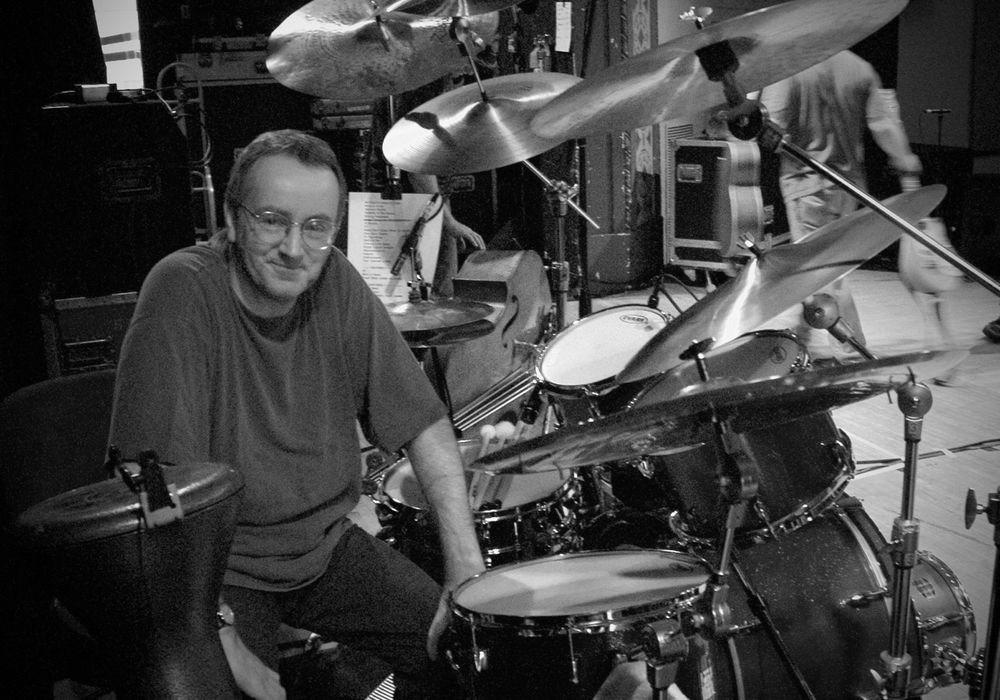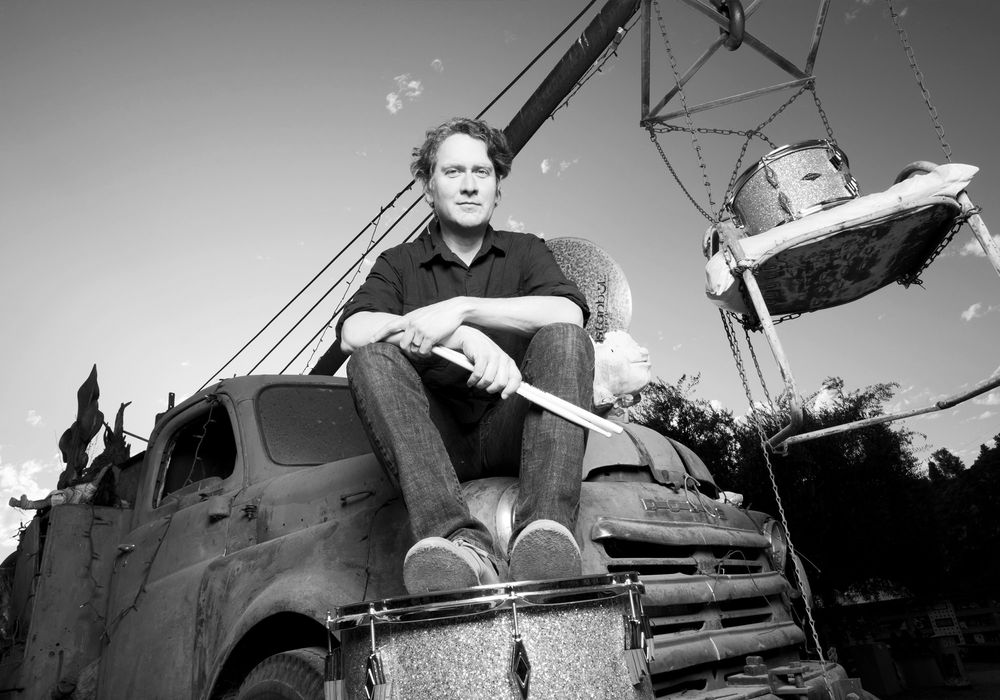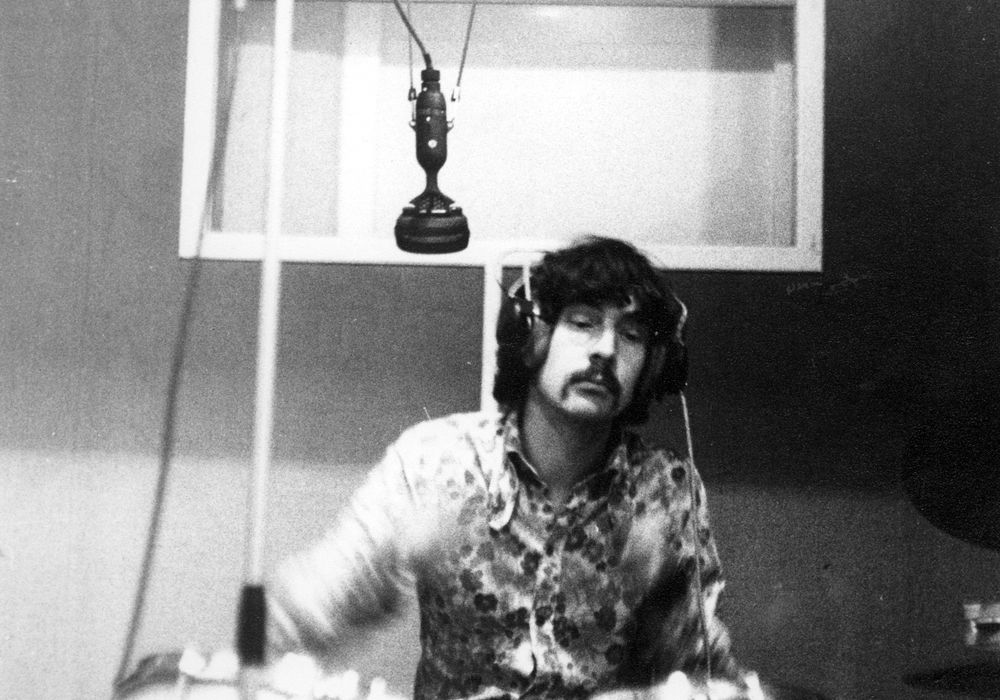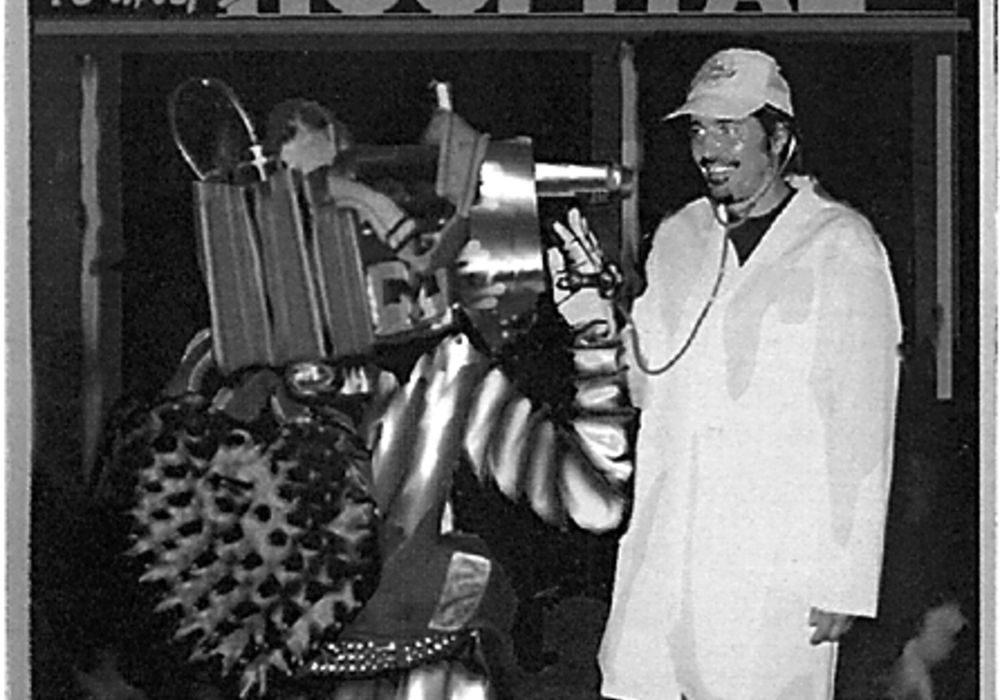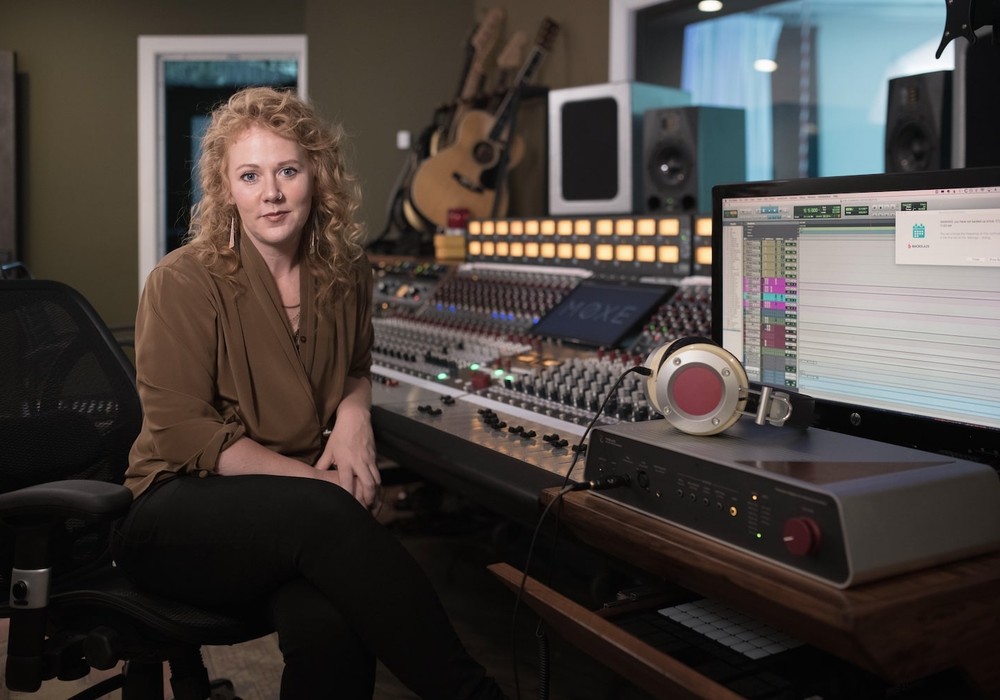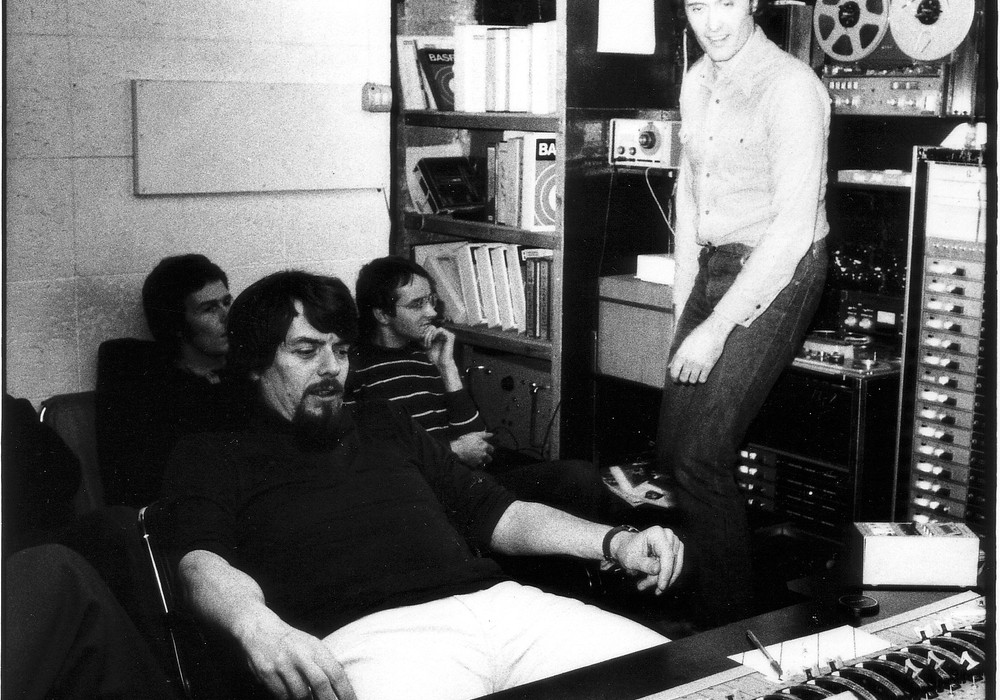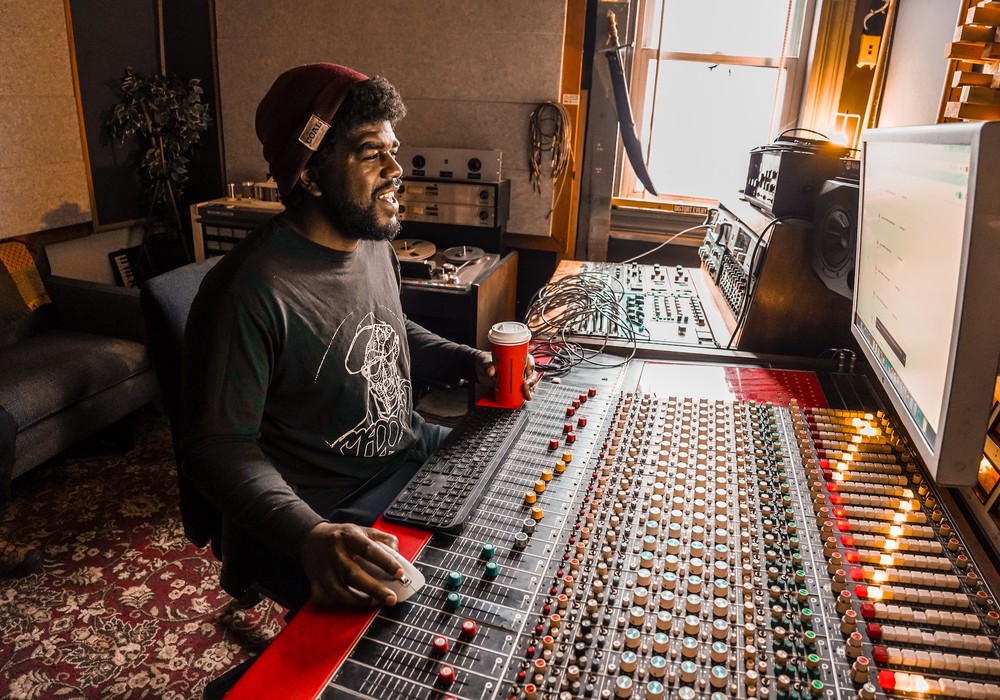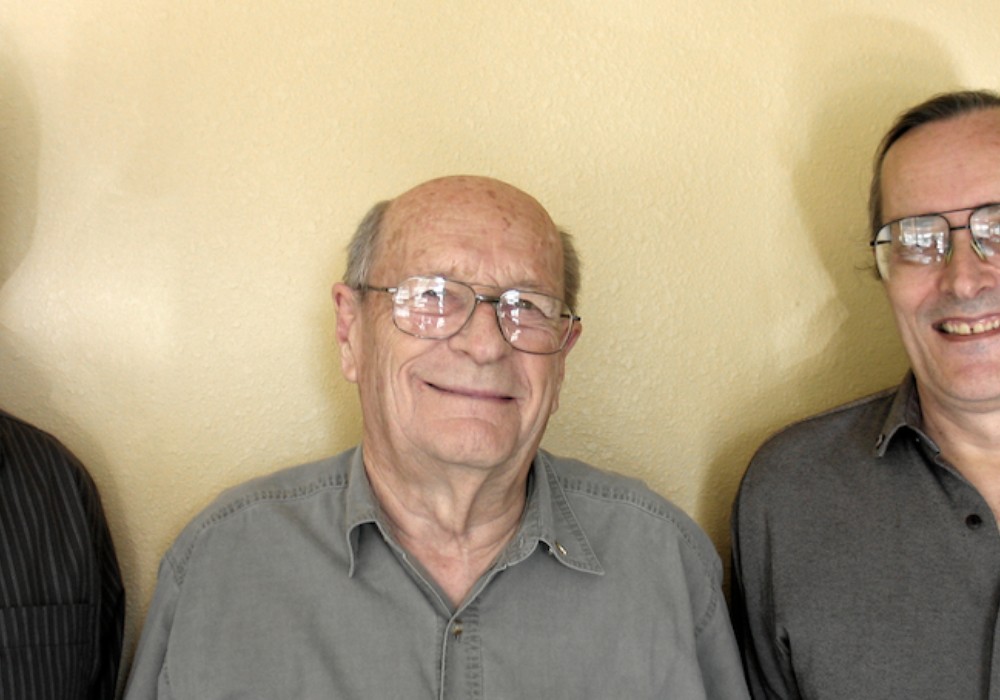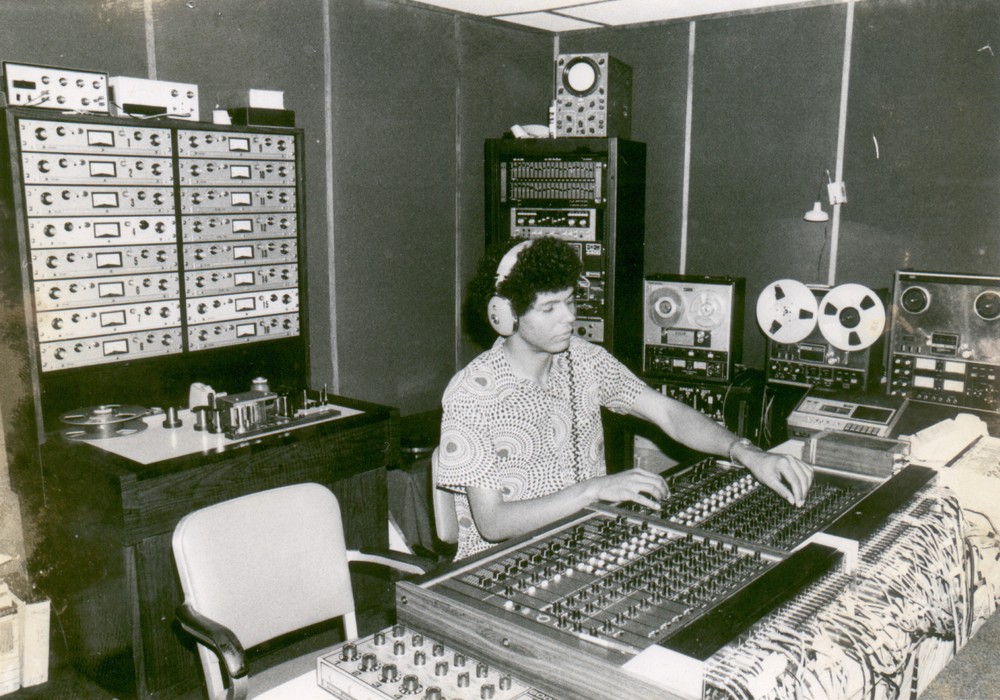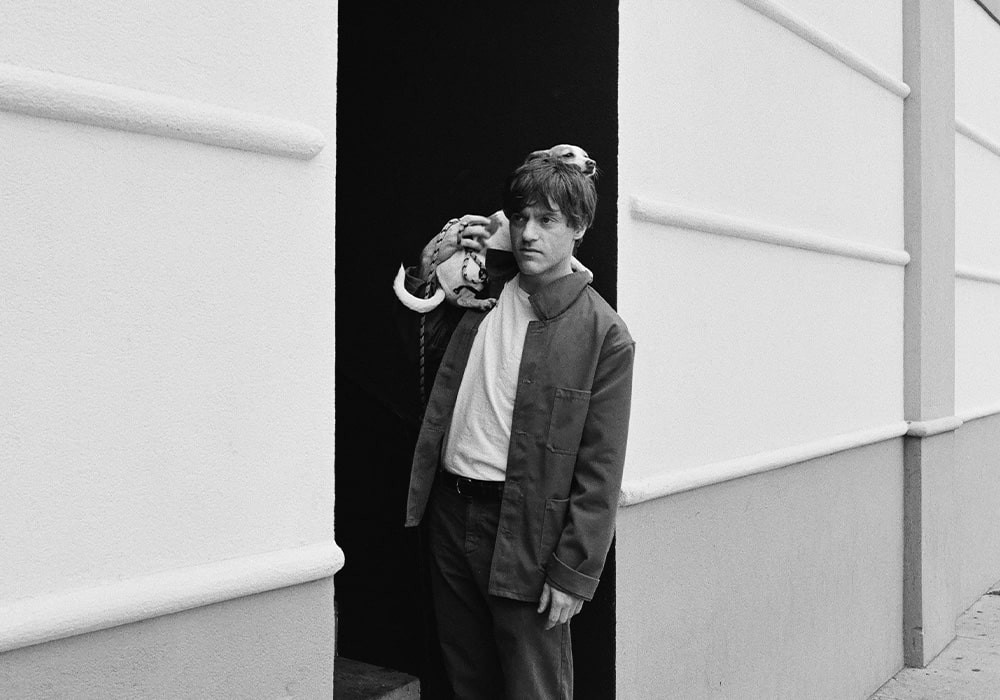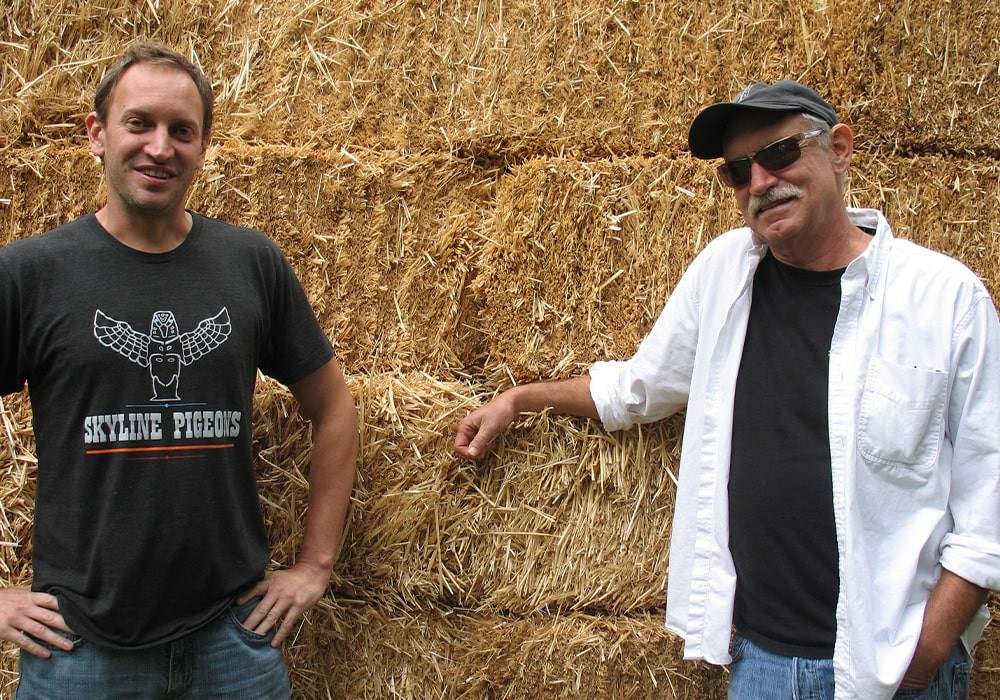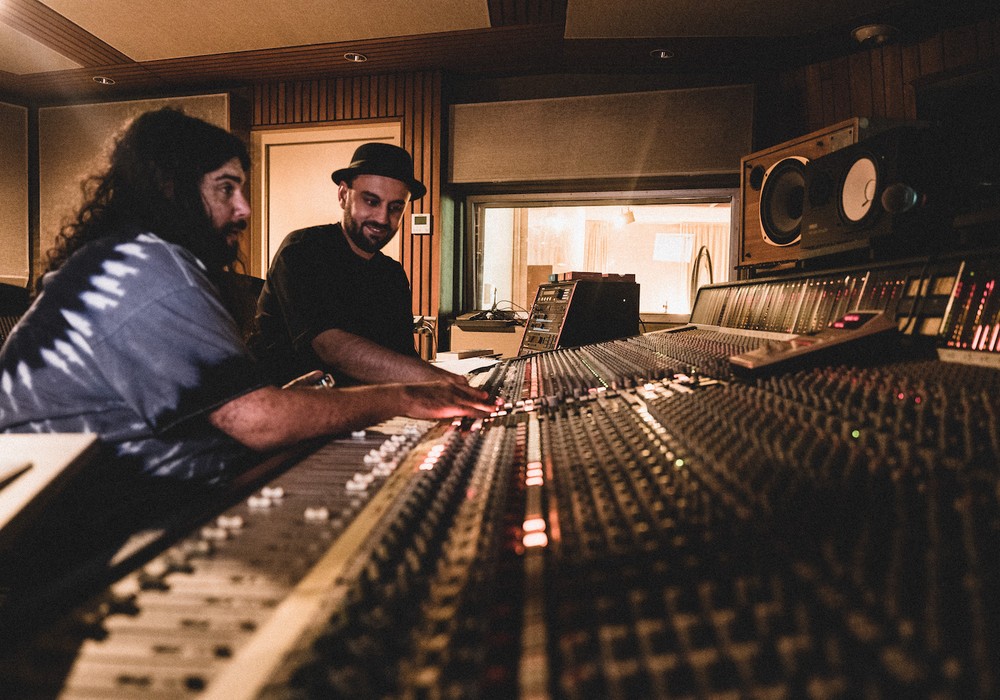A drummer can make or break a session, and I have always loved getting their perspectives on the recording process as well as the variety of roles they play in the studio. After several solo records and appearances on records by Dave Holland, Brittany Howard, The Fearless Flyers, Chris Potter, Norah Jones, and Paul Simon – to name a few – drummer and composer Nate Smith certainly has perspective to offer and some great stories to tell.
How did music get sparked for you?
I spent my childhood and teenage years in Chesapeake, Virginia. My fascination with music all started with my dad’s record collection. He has a lot of records. His tastes were in the instrumental R&B world. He was big into the genre of music that unfortunately became known as smooth jazz. It was a generation before that; the soul jazz that was not contrived for commercial use. It was cats playing.
Was that kind of a CTI Records type-vibe?
Yeah, CTI and Creed Taylor, Quincy Jones, those Jazz Crusaders’ records, and the Bob James albums. That brings back all my childhood memories; the music that was in the house. I started mimicking what I was hearing on those records, trying to play along with Steve Gadd, Harvey Mason, and all those great drummers. I was loving the sound of their drums on those records. I’ve always gravitated towards that. My recording career started for me in college. I went to James Madison University, as a percussion performance major, but I decided halfway through my freshman year that I wanted to work more on the media side of music. There was a course called Mass Communications – a blanket term for anything in media. I ended up getting a degree in Mass Comm, but there was an emphasis in Recording and Production. It was the best of both worlds. I got to play the drums and be in the studio, so that’s where the fascination started for me of playing in the studio.
Were you working on engineering?
That was part of it. I learned a little bit about engineering, but I was never as interested. I was much more looking at it as a means of creativity. I wanted to figure out enough to put a mic on the drums, record it, and hear myself back. The craft of engineering at that point wasn’t as appealing to me as the means to hear myself recorded and create music. But I did study the fundamentals of engineering. I learned a lot. My playing career started to take off around my senior year in college. I met some musicians while playing at Disney [in the All-American College Jazz Band] that led to meeting the great jazz singer Betty Carter. I played with her for a couple of years before her death in ‘98. Then I spent about four years in Richmond, Virginia, from 1997 to 2001. During that time is when I got into home recording. I had a [Roland] VS-1680 setup at the house. I was doing tracks on my [Akai] MPC2000, which I still have. I had a [Fender] Rhodes [electric piano] and a couple of Korg keyboards. I was making beats and doing home recording. When I was able to save up enough for a day, I’d go to the studio and dump what I’d been working on from my home recording studio setup either onto tape or ADAT. Those were the early, formative stages of the beginning of my career in the studio, not just as a drummer but as a creative in the studio. Things started to take off a little bit more when I moved to New York in 2001. While I was in Virginia, I met Dave Holland, a great bassist, and he said, “Man, I’m gonna move to New York. I want to play with you.” A year or so after I moved, I started playing with his quintet. We made a record [Critical Mass] that was my first big studio record [with the Dave Holland Quintet]. That was at Avatar Studios [now Power Station at BerkleeNYC] in New York. I had done other smaller sessions, but this was my first “holy shit” moment, where I realized how big a deal it was. James Farber [Tape Op #114] was engineering. He had a long-standing relationship with Dave and did all Dave’s records. He’s a legend. I think we were in the studio...
